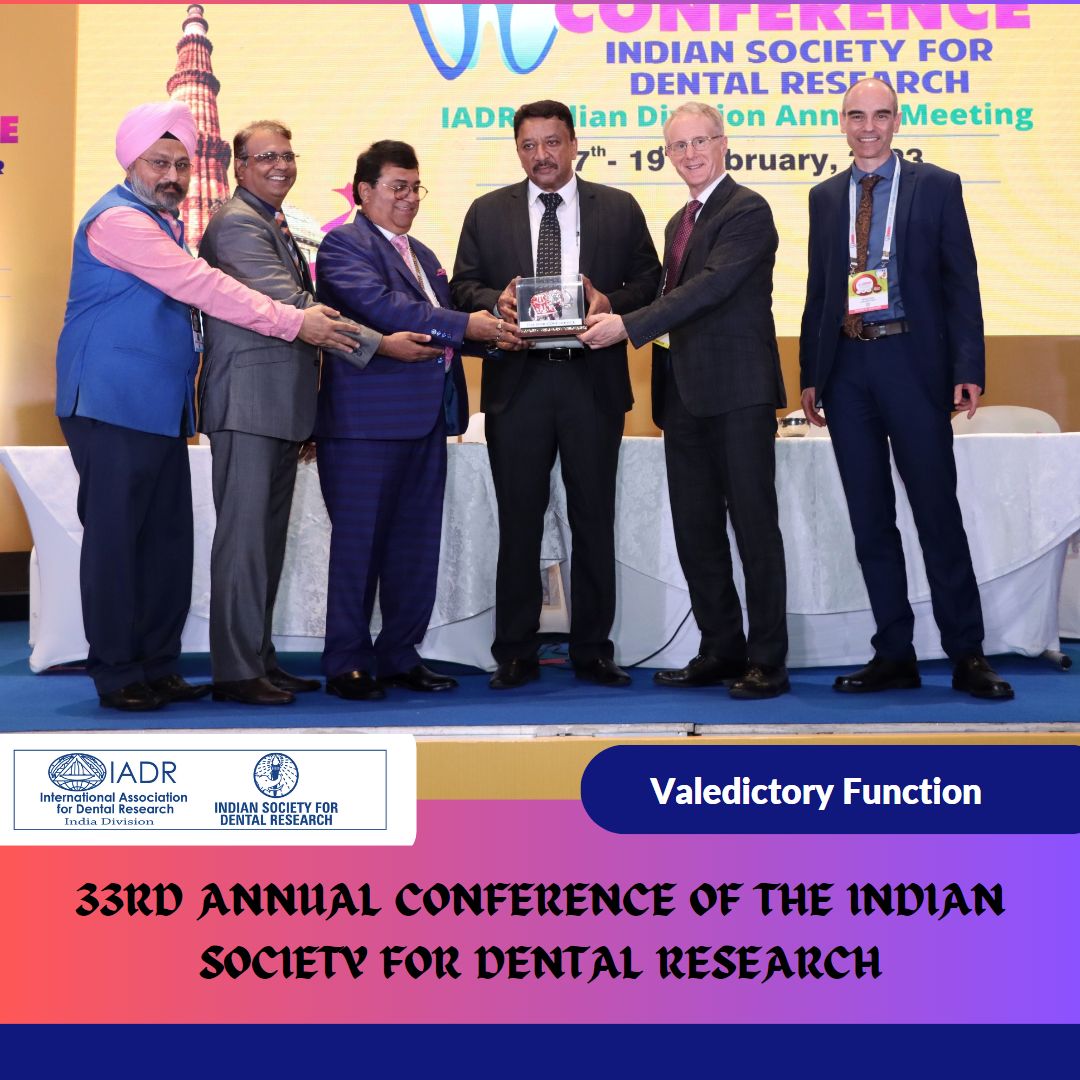Injuries to the jaws and TMJ
Most common causes of lower jaw fractures are assaults, road traffic accidents, sports injuries and use of excessive force during minor surgical procedures. These fractures are classified according to the region of the jaw that is fractured. Diagnosis of these fractures can be done clinically while confirmation needs x-rays .The zygoma followed by the mandible are the strongest bones in the face. Many soft tissue structures are attached to or pass through both these bones
Upper jaw fracture
Mouth opening becomes greatly restricted in cases of fracture of the jaws. This is more so in the case of fracture of the upper jaw. Correction of upper jaw fracture is through the exposure of the fracture site, which is then aligned and fixed with titanium plates and screws.

Inability to open mouth due to fractured upper jaw

X-ray showing fracture

During surgery

Open reduction of fracture

Fractured segments fixed with bone plate

Improved mouth opening postoperatively
Lower jaw fracture
In the case of mandibular fractures, the region of the fracture is first surgically exposed followed by stabilization and fixation of the fracture with titanium plates and screws. This is usually followed by uneventful healing of the fracture.

X-ray indicating a fracture in the left side of the lower jaw

During surgery, the fracture site visualized

Bone plate fixed
Temporomandibular Joint fracture
The condyle is that part of the mandible that forms the movable half of the temporomandibular joint. This nestles in the glenoid fossa and is the only movable joint in the head. Condylar fractures can be unilateral or bilateral depending upon the force of impact and the direction of the impact.
The broken fragment could either lie without being displaced within the jaw joint or could be displaced. Treatment depends upon the position of the fragment as well as the number of fragments.
Dr SM Balaji is an expert at fixing fractures of the jaws and utilizes precise facial biometric studies before commencement of surgery to obtain the best possible outcome for the patient.

CT showing condylar neck fracture on both sides and displaced inwards

CT showing condylar neck fracture on both sides and displaced inwards

Occlusion or the way the patient bites is affected due to fracture of jaw bone

CT showing condylar neck fracture on both sides and displaced inwards

Bone plate adapted and fixed to the fractured bone segments on the left side




